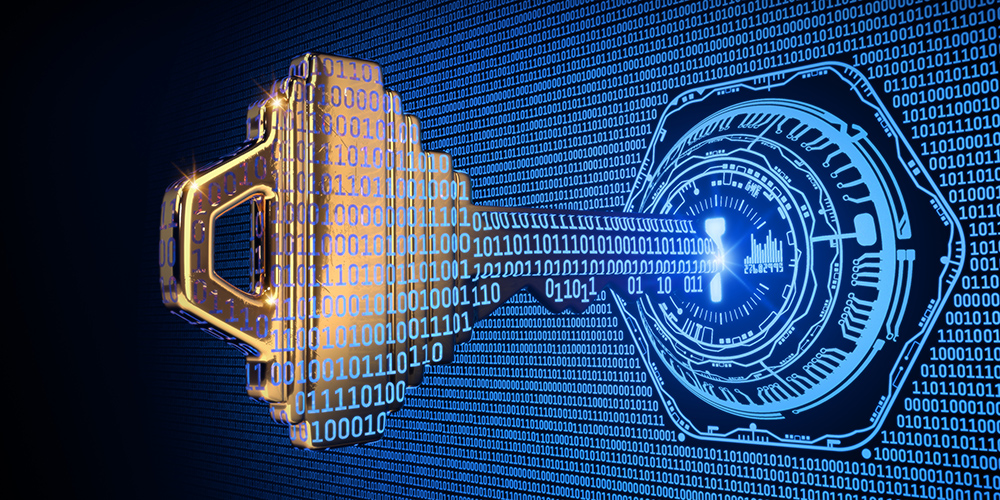It is commonly said that employees are the “weak link” in your company’s cybersecurity plan. What if this was different, and they are actually a strong defense against cyberattacks? Read on to learn how to help your workers recognize and prevent a cyberattack, and to become security advocates for your company.
Training Starts but Doesn’t End at Onboarding
Training is common when onboarding new employees, but it should also be consistent and frequent. Employees should know how to recognize a phishing email, a common way that malware can enter your computer network. Bad actors send emails that appear to be legitimate, in order to obtain confidential information. Keys to a phishing email are an urgent and emotional call-to-action, unknown senders, and grammar and spelling errors. Not only do your workers need to recognize suspicious activity, but how to report and even escalate the matter. Workers also need to remember best practices for password management. All cybersecurity training needs to be frequent and consistent in order to reinforce the lessons and practices learned and make them automatic. Thus your employees can become “minimal risk,” possessing a sense of safe and unsafe behaviors and knowing what to do when something happens. With employees working remote, online cybersecurity options provide an economical and efficient way to train on this topic. Many online training platforms offer phishing simulation to ensure learning objectives are achieved.
Best Practices in Password Management
Let’s talk about passwords. Do your employees know what makes a good password? According to Google, a strong password can help safeguard your account, personal information and content like email and other applications. Best practices for strong passwords include choosing a unique, never-before-used combination of upper- and lower-case letters, numbers and symbols. Passwords should be safeguarded, not shared with anyone else, and managed, perhaps using a password tool. Passwords need to be changed regularly, every three months. The same interval is good for system login and applications like email marketing and customer relationship management.
Keeping your network and its data and applications safe from attack is a company-wide effort. Trained well, your employees can become your best defense, rather than a weak link. For further assistance, contact us today.
